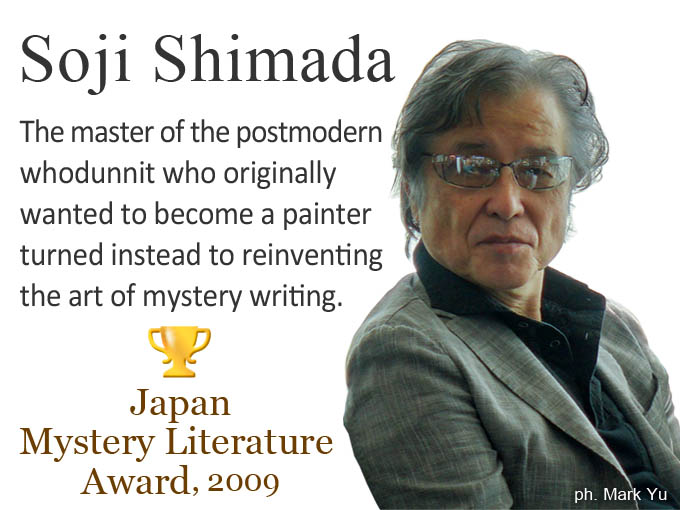- Industry
Japan’s only convicted cannibal, who lives at large and now describes himself as a food critic, has written more than 20 books[UPDATED: 6-7-2019]
Issei Sagawa killed and cannibalised a Dutch woman when he was living, and studying for a PhD in French literature, in Paris in 1981. The 25 year-old Dutch woman he murdered was his classmate at the Sorbonne.
Sagawa was found legally insane and unfit to stand trial in Paris. He was subsequently deported to Japan where he was initially housed in a mental hospital in Tokyo.
However, as the French authorities reportedly sealed all the court papers, dropped the charges, and did not hand over documents to the Japanese authorities, he could not legally be detained in Japan.
He was therefore in the unusual position of being able to check himself out of the Tokyo hospital in Japan in 1986, one year after he returned to Japan, and live at large.
Despite much criticism, there was apparently nothing that the Japanese authorities could do instantly making Sagawa even more famous. Sagawa’s notoriety helped him became a minor celebrity.
Today he is described on book and social media sites that promote the 20 or more books he has written since his return from France, as an essayist, author and food critic.
In addition to the many books he has written, he has penned restaurant reviews for the Japanese magazine Spa, starred in pornographic films, been a panellist on television talk shows and has even been featured in a lyric in a song by the Rolling Stones: Too Much Blood (‘And when he ate her he took her bones/To the Bois de Boulogne’).
Sagawa, now wheelchair bound, lives with his brother outside Tokyo and still responds to media requests for interviews.
Sagawa was found legally insane and unfit to stand trial in Paris. He was subsequently deported to Japan where he was initially housed in a mental hospital in Tokyo.
However, as the French authorities reportedly sealed all the court papers, dropped the charges, and did not hand over documents to the Japanese authorities, he could not legally be detained in Japan.
He was therefore in the unusual position of being able to check himself out of the Tokyo hospital in Japan in 1986, one year after he returned to Japan, and live at large.
Despite much criticism, there was apparently nothing that the Japanese authorities could do instantly making Sagawa even more famous. Sagawa’s notoriety helped him became a minor celebrity.
Today he is described on book and social media sites that promote the 20 or more books he has written since his return from France, as an essayist, author and food critic.
In addition to the many books he has written, he has penned restaurant reviews for the Japanese magazine Spa, starred in pornographic films, been a panellist on television talk shows and has even been featured in a lyric in a song by the Rolling Stones: Too Much Blood (‘And when he ate her he took her bones/To the Bois de Boulogne’).
Sagawa, now wheelchair bound, lives with his brother outside Tokyo and still responds to media requests for interviews.

